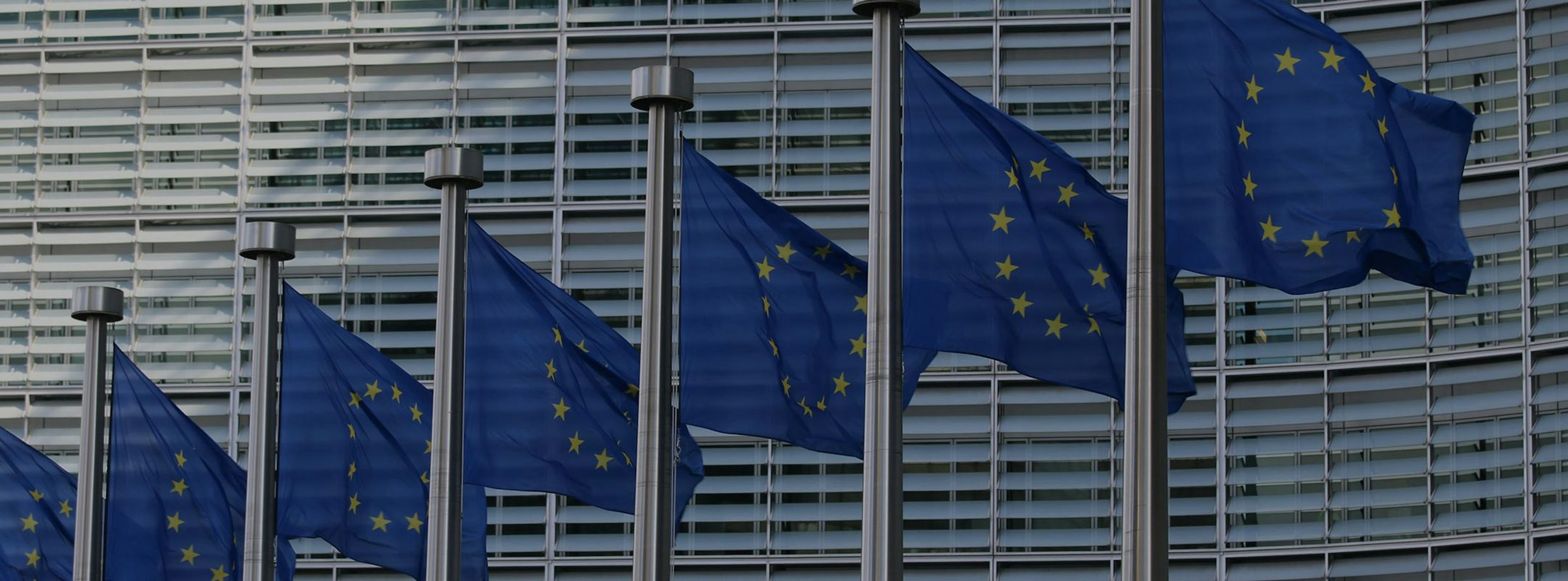EU must embrace transparency to meet deforestation goals
4 Mar 2019
7 min read
The EU needs to improve transparency of its forest-risk commodity imports to help reduce its impacts on tropical deforestation.

The EU needs to improve transparency of its forest-risk commodity imports to help reduce its impacts on tropical deforestation.

We use cookies on our site.